Bute Fabrics – a loom with a view
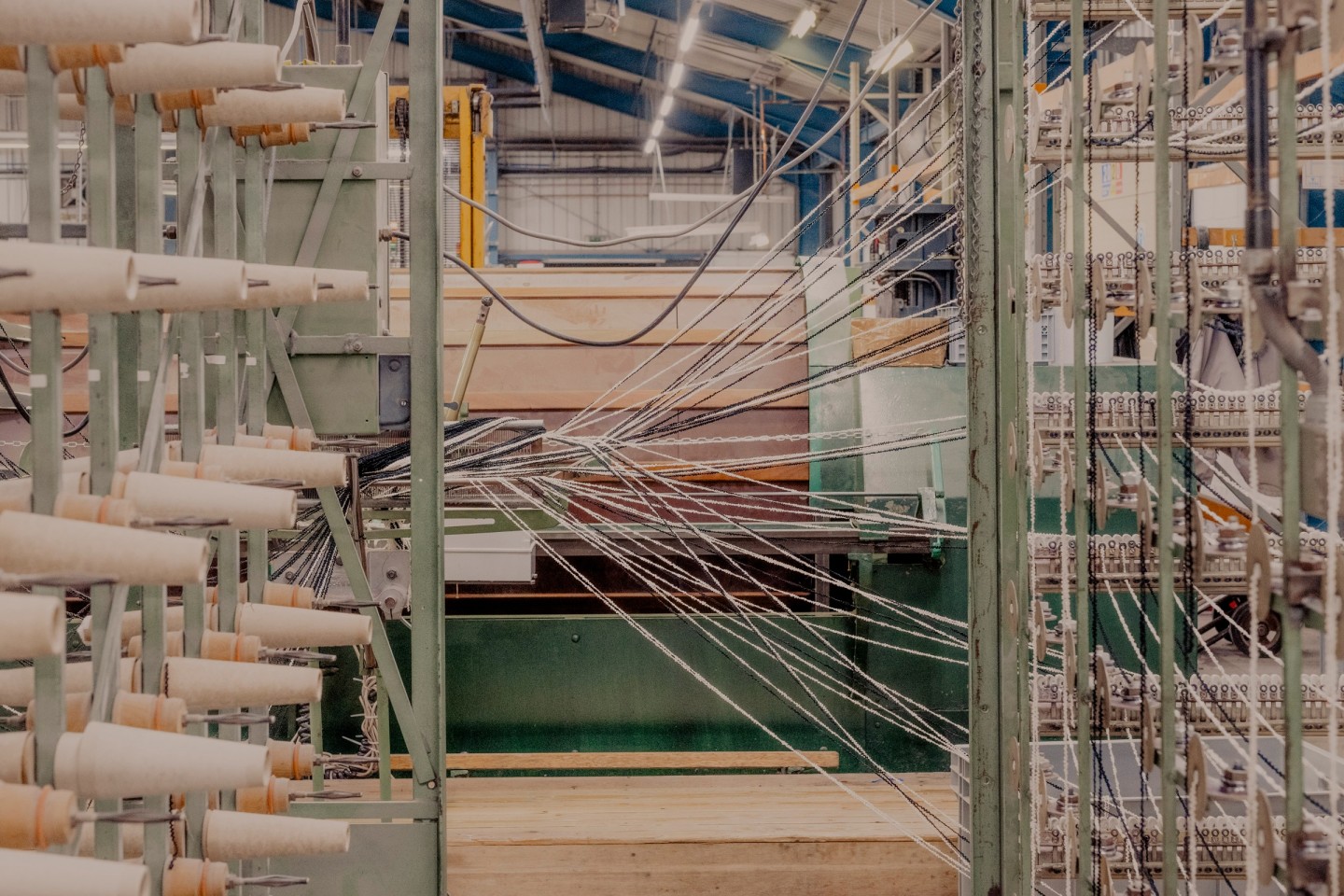
Roula Khalaf, Editor of the FT, selects her favourite stories in this weekly newsletter.
Bute Fabrics has been weaving wool, alpaca, linen and silk into cloth inside a former orphanage and convent on the Isle of Bute since 1947. The mill, which stands in the Firth of Clyde, 33 miles west of Glasgow, has in its time woven for Dior, Balenciaga, five-star hotels and globally known taste-makers including Tom Dixon and Drake’s of London. The set-up is small (with only 38 employees) – it’s not uncommon, when needs must, for senior sales to “fire up a warp” in the design studio to create a sample of fabric on a 1950s hand loom. That includes managing director John Glen, who has found himself cutting luxuriously dense cloth into lengths of scarves when faced with a significant order.
When I disembark from the ferry at Rothesay on a Thursday morning in early December, the clouds are low and the sky barely light. It will be dark again by 3pm when the mill workers clock off. Extreme weather has threatened the island all week. If the wind rises above 35 miles per hour, the ferry faces cancellation – a nerve-racking prospect for a business reliant on deliveries to and from the mainland.
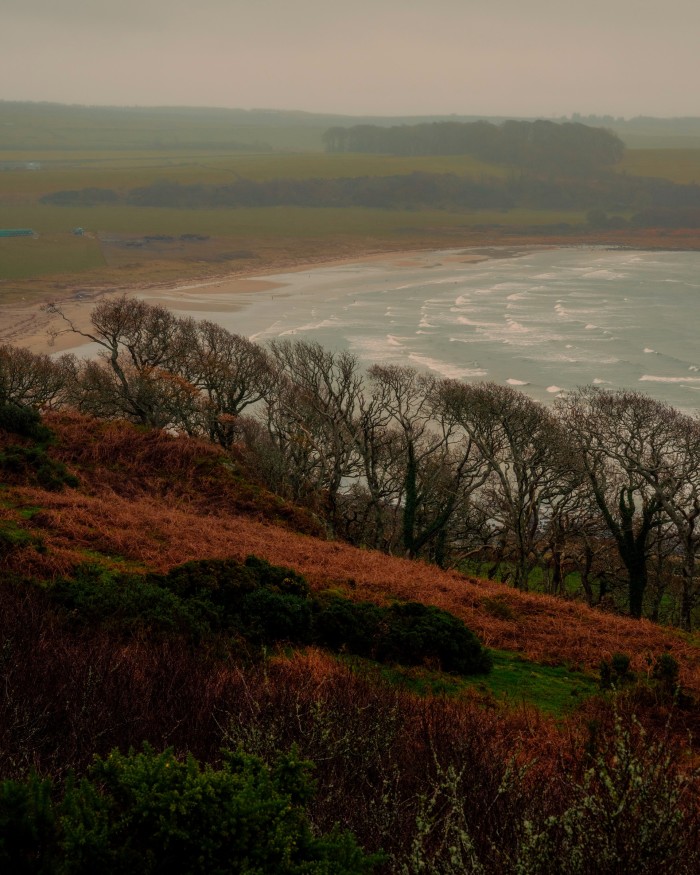
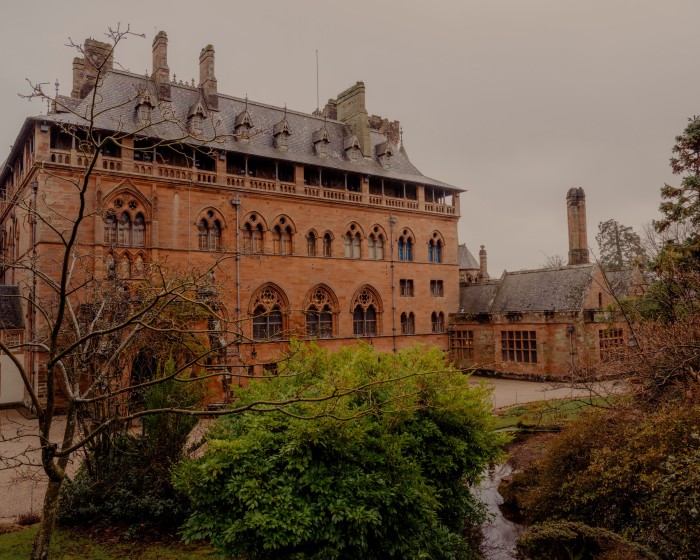
Scotland’s landscapes and woollen mills have long had a romantic pull on the imagination, and having to cross the water at the mercy of the elements perhaps only adds to Bute’s allure. “In some ways, being on an island is a disadvantage, geographically, but in other ways it enhances our story,” says David Woodhouse, senior operations director for the past four years.
Perhaps that’s one of the reasons that luxury houses are increasingly seeking out the brand’s textiles. It is certainly a draw for Michael Hill, creative director of men’s clothing purveyor Drake’s of London. “The mill is best in class when it comes to wool and cashmere,” says Hill who works with Bute to produce the brand’s colourful cashmere scarves and the fabric for its heavyweight raglan coats. “It’s also a great place to visit, different to anywhere else in Scotland. Even though their set-up is totally modern, there’s still a feeling that Bute is honouring the old traditions of weaving and manufacturing.” After a hiatus of some decades, the factory has recently returned to developing and producing for the fashion industry. Today, in the brightly lit warehouse behind the wind-whipped building that houses the offices, the design studio and the testing laboratory, a state-of-the-art warping machine and 14 looms are beating out noisy rhythms in the production of giant lengths of fabric (a single shift at the factory can turn out around 500m).
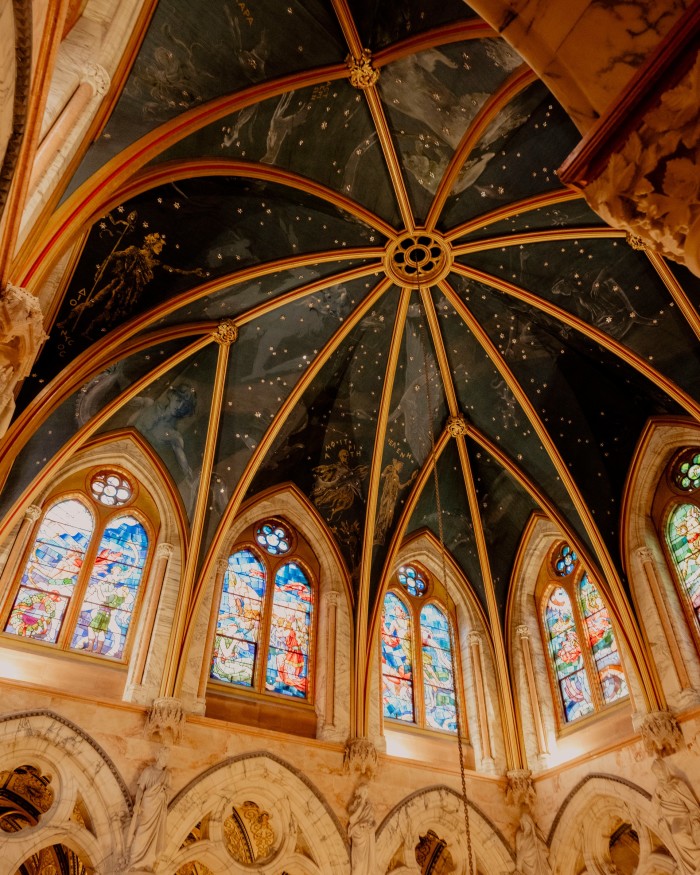
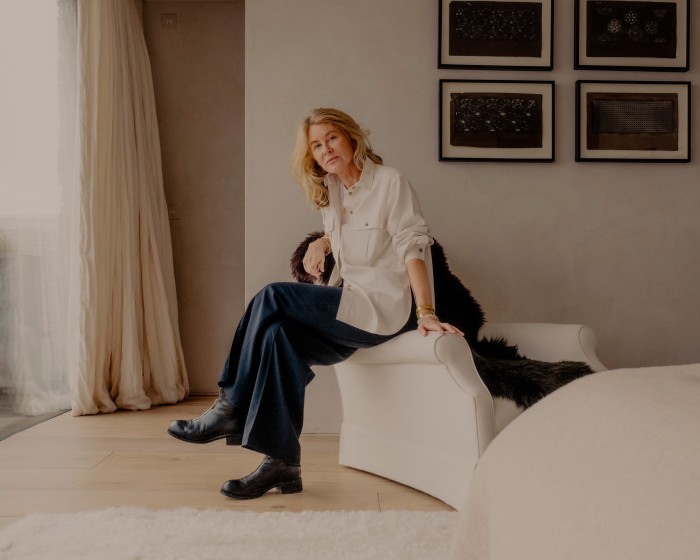
Eagle-eyed fashion watchers might spot cloths associated with certain global luxury brands among the familiar colours, patterns and motifs. Some of the textiles are destined to be scarves and wraps, blankets and even coats or jackets for the international catwalks in the spring. “I’m really proud of the products that we’ve made this year,” says senior sales staff and marketing manager Chelsea Colman, who is also a dab hand at the loom. “Last week I was in Paris seeing products in stores that we’d made over here. It was a moment for all of us because everyone at the mill has a part in that.”
In the long history of Scottish weaving, Bute Fabrics is a mere infant (the knitwear specialist Johnstons of Elgin is 226 years old, by comparison), but it has a noble heritage all of its own. The mill was founded by John Crichton-Stuart, the 5th Marquess of Bute, to create employment for service people returning home after the second world war. The family seat is Mount Stuart House, the island’s architectural jewel: a neo-gothic masterpiece built on the site of the original family home by the 3rd Marquess, who reportedly became the richest baby in the world when he inherited at six months old. A polymath, an industry giant, a Roman Catholic convert and an amateur architect, the Marquess conceived a building that includes a chapel made entirely from Carrara marble and a vaulted central hall with zodiac-themed stained glass and a cut-crystal studded ceiling mapping the northern night sky. Filled with now priceless collections of art and books, the house became tabloid-famous for a moment in 2003 when the fashion designer Stella McCartney married Alasdhair Willis at the house.
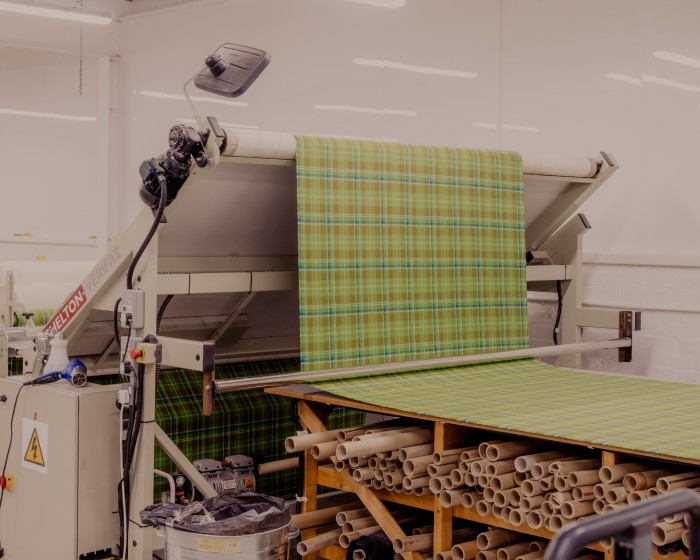
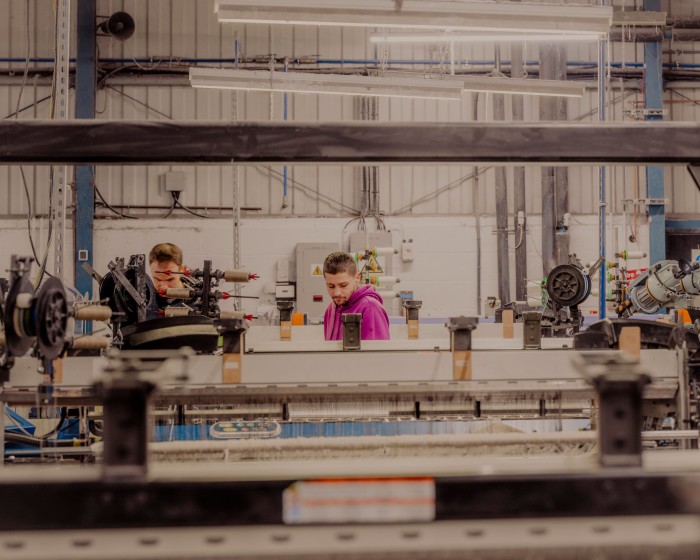
Dramatic landscapes, artisan craft and a little blue‑blood glamour proved an intoxicating blend that attracted fashion houses to Bute Fabrics from its first days. In the design studio, archive cuttings from the magazine pages of ’50s and ’60s Vogue and Harper’s Bazaar parade the latest styles made from textiles woven at the mill. “When Bute Fabrics was founded we didn’t have the warehouse over the road; it was just this building,” says Colman. “Back then, this room would have been filled with people hand-weaving on looms.” She pulls out a basket filled with original fabric samples, both plain and checked in wild shades of orange, purple and emerald green. “It was all hand-done and it was all for fashion houses: Dior, Balenciaga, Liberty…”
Fashion houses and British high-street stalwarts continued to be Bute’s bread and butter until the 1980s when the use of synthetic materials took hold in garment production. “When the big retailers such as Marks & Spencer and Laura Ashley started to do off-shore sourcing in the ’80s and early ’90s, that was the death of a lot of textile companies in the UK,” Woodhouse says.
The 6th Marquess of Bute decided that, in order to survive, the factory needed to diversify into commercial textiles, making upholstery and durable furnishing fabrics for the likes of railway companies, office furniture suppliers, theatres and hospitality on the big industrial looms that could churn out yards of fabric at a time. As in textile mills all over the UK, many of the hand looms were destroyed.
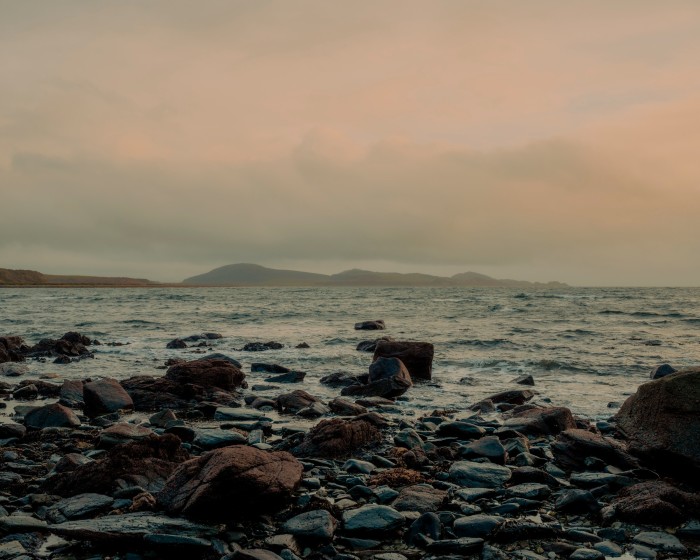
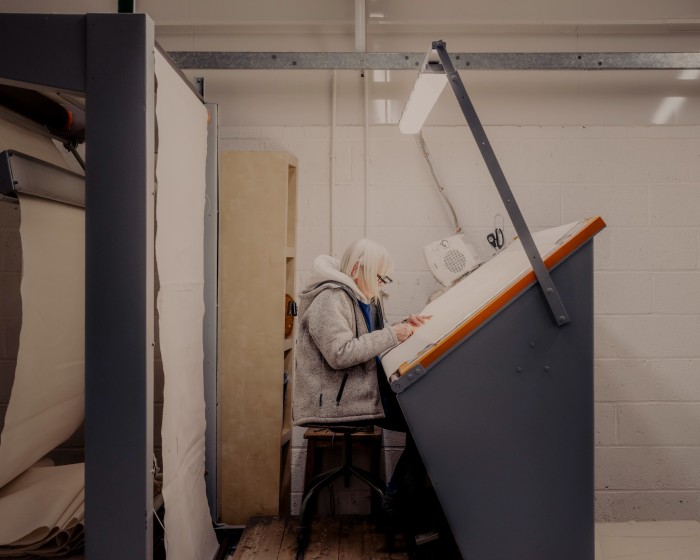
Since then, contract furnishing and high-quality upholstery fabrics have been the mainstay. Bute manufactures fabric to specification in dreamy neutrals for one of the world’s most sought-after interior designers, and has also built a reputation for its textured fabrics – the bouclés, tweeds and boiled wools (its Storr and Tiree designs are particularly popular) that have been fashionable in interiors in recent years. “People love them. As soon as you see our fabric, you want to touch it,” says Margaret-Anne Speirs, Bute’s quality manager, who has worked at the company for 30 years and now runs the laboratory, testing yarns and fabrics for durability. “Because we’re so diverse, we can weave things that are very fine, like your silks and sheers, right up to something very chunky. We’re known for the tactile textiles because not every mill has the patience to wait for the looms to run and weave these very heavy bouclés.”
Over the past decade, the 7th Marquess, the late John Crichton-Stuart, began to question whether the factory was fulfilling its potential. Known as Johnny Bute (or Johnny Dumfries, when he was a Formula One racing driver and teammate of Ayrton Senna), he inherited from his father in 1993 and was passionate about the island on which he’d grown up. He opened Mount Stuart House and its gardens to the public, and oversaw it becoming a trust.
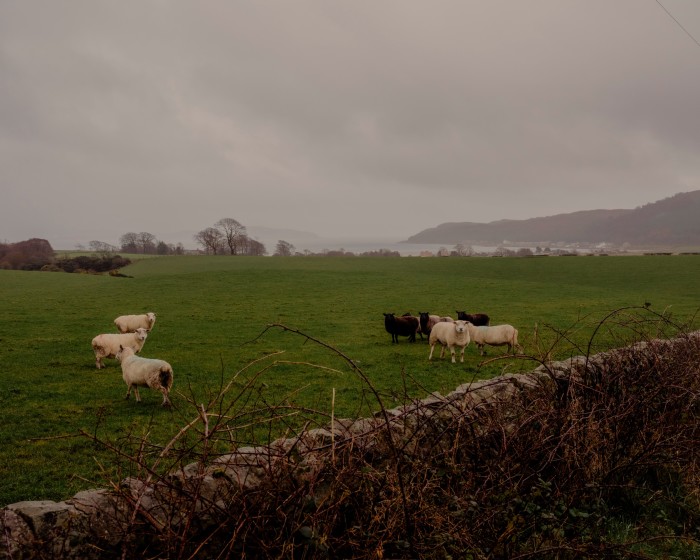
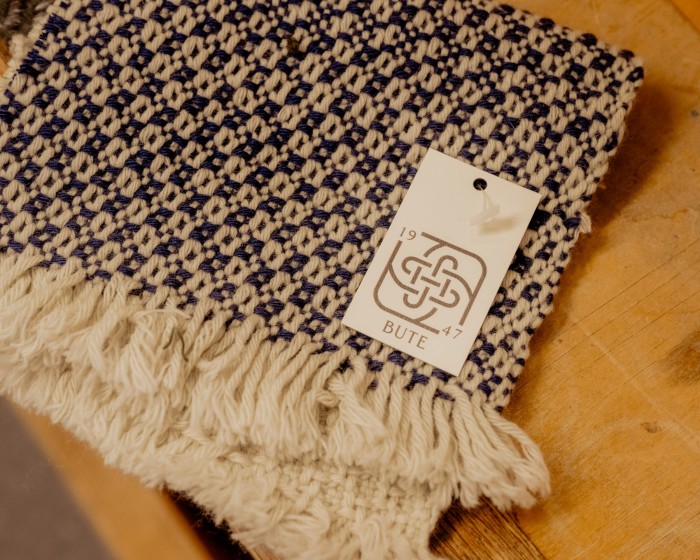
“Johnny was very inspirational and a lovely guy,” says Glen, who was brought on board by Crichton-Stuart in 2015. “He wanted to keep the kind of philanthropic approach the Bute family is about. For it to be a sustainable business but in a sustainable island community, employing as many people locally as we could. He wanted to ascend to the long-term project of building the business on its heritage strengths. We’re making product on Bute with ‘Made in Scotland’ on the label. There’s a lot of cachet involved in that for the luxury market now.”
Crichton-Stuart agreed to a capital and operational expenditure programme of £3mn, updating the technology with a £500,000 warping machine, 10 new looms (including two new jacquard attachments used for complex pattern-making), new flooring, lighting and storage systems. He didn’t live to see the improvements, dying in 2021 after a short illness at the age of 62. “Johnny wanted to secure a sustainable future for Bute,” says Serena Bute, widow of the late Marquess and a fashion designer with her own womenswear label. She continues to visit the island, staying in the converted farmhouse the couple renovated together. “It’s through the efforts of Johnny – and, prior to that, his father – that what started as a traditional weaving mill has become this innovative and forward-looking factory.”
It is because of Crichton-Stuart’s investment that Bute Fabrics is able to diversify in the way he had hoped. “Having those different areas of the business working alongside each other – the contract, the residential and the fashion – is really important,” says Glen. “We’re using the same machines, albeit with slightly different handling and a different mentality, but channelling the product into different markets.”
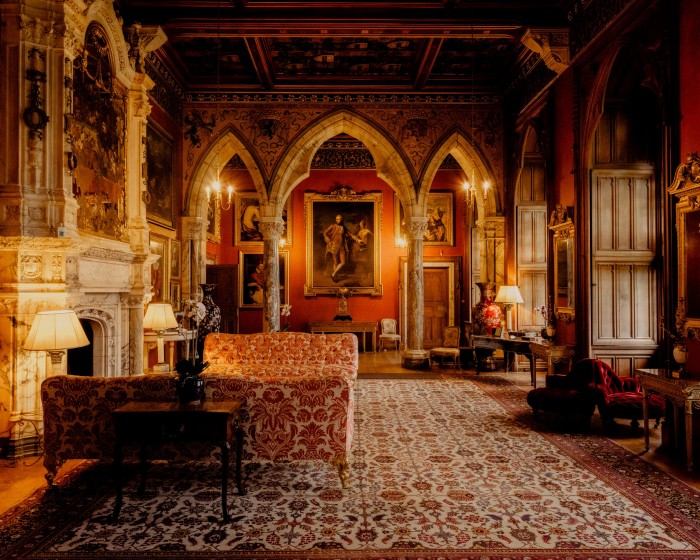
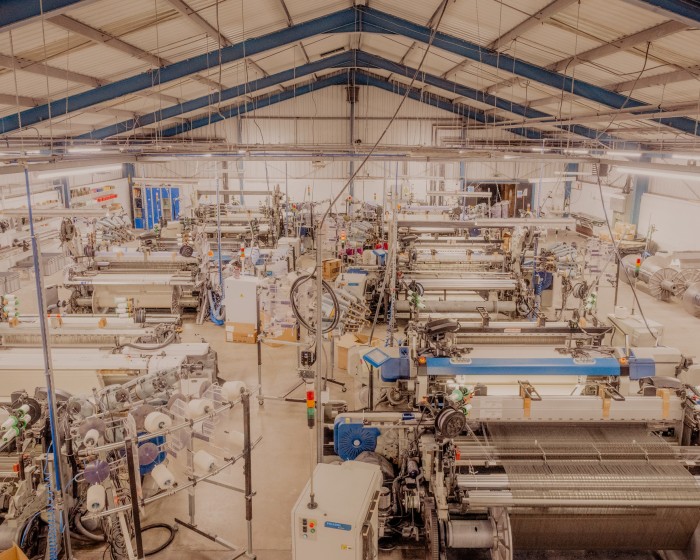
Serena Bute, for her part, hopes that her fashion background can help take forward the factory’s relationships with fashion and luxury houses. That means working with the in-house design team, consulting on colour, fabric and composition of the yarns that are usually Italian-made. John Paterson, Bute’s yarn store manager and longest-serving employee at 40 years, estimates there are 20 to 30 tonnes of yarn in stock in the warehouse at any time. A chart on his computer screen catalogues each by weight and colour (quail’s egg, mocha, Bordeaux and yellow moss).
Yarns are tested in the lab and the design team manages the cloth development. “We look at everything from how the weight feels to what the fringe is going to be like and whether there is going to be embroidery or leather patch application,” says Colman. “There are so many steps in the development of the quality of the cloth. It’s only after that you decide on colour and design.” Fabric developments that don’t end up going into production are sold in an end-of-line sale to minimise waste.
Today, those at the factory have noted a bridging of fabrics that formerly would have been used only as upholstery or soft furnishings but are now sought after for apparel. “It’s funny, because sometimes we take our interiors fabrics to fashion customers as a conversation-starter but they decide that’s what they want to use anyway,” says Colman. Once again, Bute is responding to the changing tastes of the market – one that is returning to the idea that travelling those extra miles might be worth it in the name of a finely honed craft.
Comments